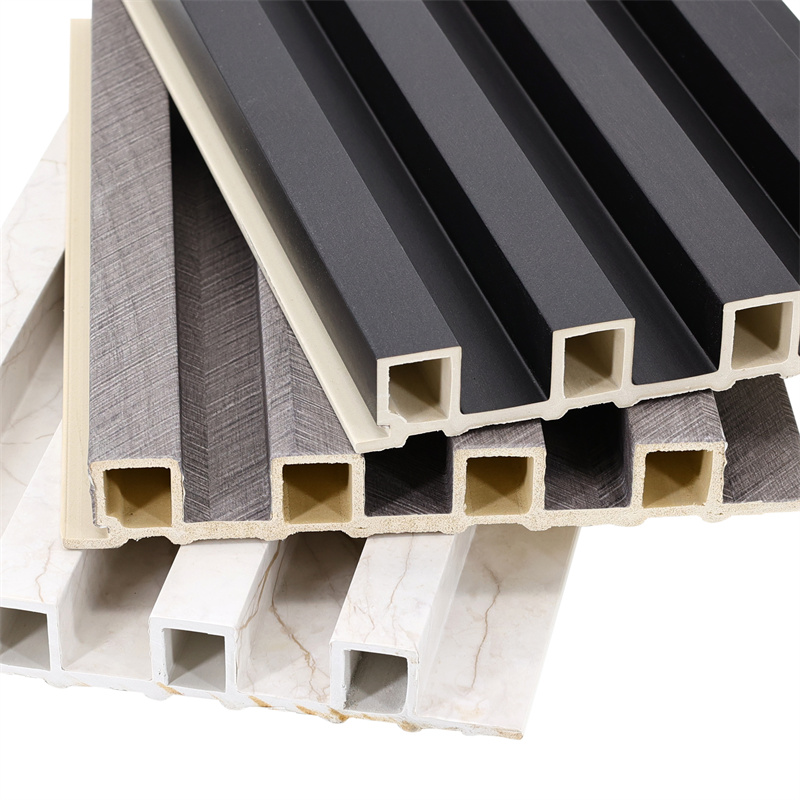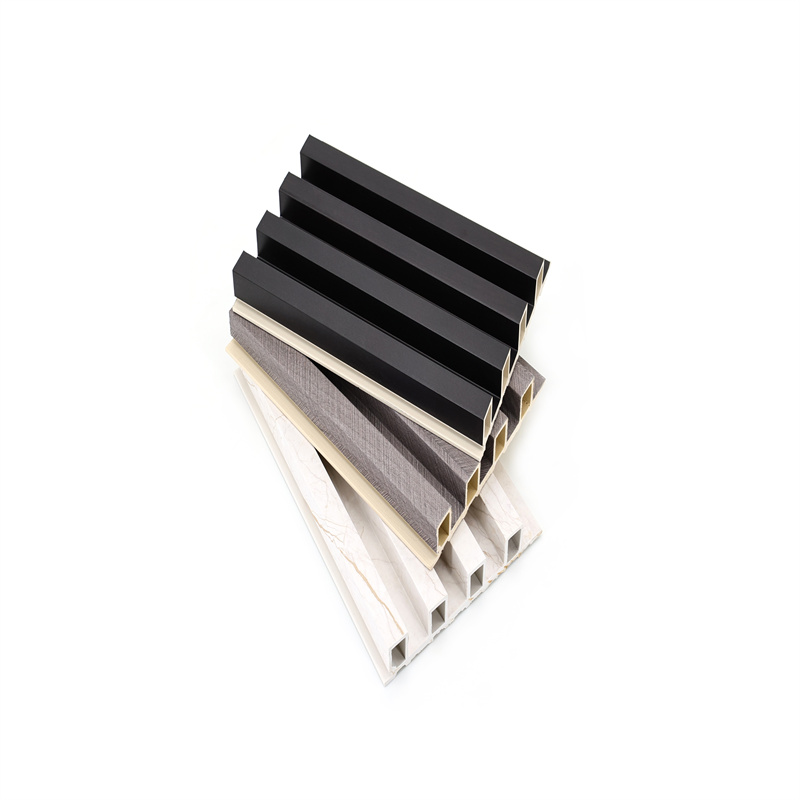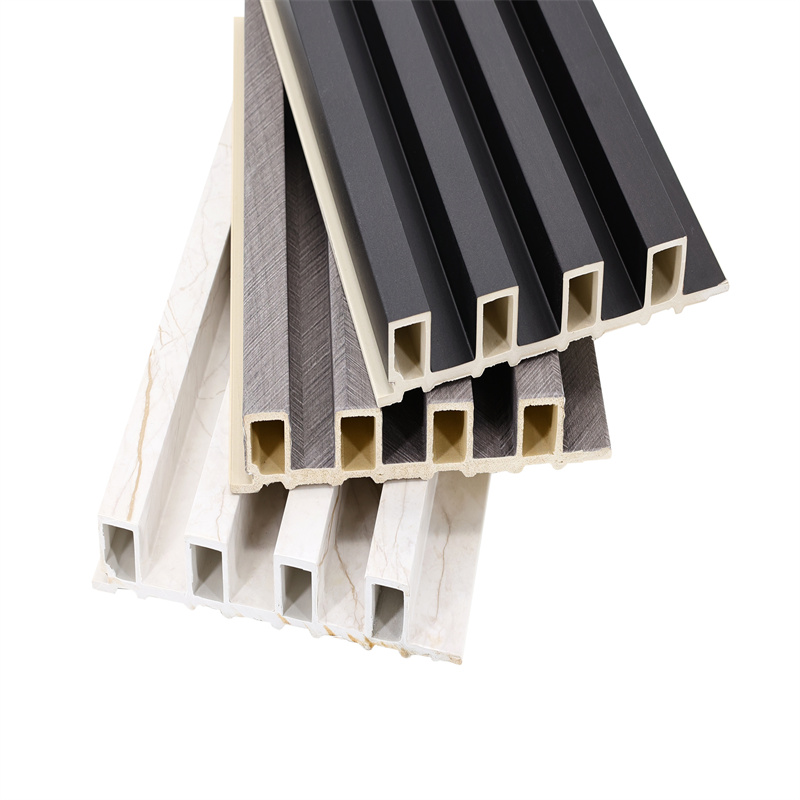
In the world of architecture and construction, sustainable design practices have become increasingly important.
With a growing awareness of environmental issues, architects and designers are seeking materials that not only contribute to sustainability but also offer aesthetic appeal.
WPC (Wood Plastic Composite) wall panels have emerged as a solution that combines both aspects, allowing for green building that is also visually stunning.
In this article, we will explore the concept of green building made beautiful through the use of WPC wall panels.
We will discuss the benefits, design possibilities, and the impact of WPC panels on sustainable architecture.
1: The Sustainable Nature of WPC Wall Panels
WPC wall panels are a sustainable alternative to traditional construction materials.
They are made by blending wood fibers, obtained from responsibly managed forests, with recycled plastic, typically sourced from post-consumer waste.
By utilizing recycled materials and reducing the demand for virgin resources, WPC panels contribute to the conservation of natural resources and help minimize environmental impact.
Moreover, the manufacturing process of WPC panels requires less energy and generates fewer greenhouse gas emissions compared to conventional materials such as concrete or brick.
This reduced carbon footprint makes WPC wall panels an eco-friendly choice for sustainable architecture.

2: Versatility and Design Possibilities
WPC wall panels offer architects and designers a wide range of design possibilities, allowing for the creation of visually striking and sustainable buildings.
These panels come in various colors, finishes, and textures, providing versatility and flexibility in design.
Whether the project calls for a contemporary, industrial look or a warm, natural ambiance, WPC panels can meet diverse aesthetic requirements.
Additionally, WPC panels can be easily customized and shaped to fit unique architectural designs.
They can be cut, drilled, and installed in different patterns and configurations, offering endless possibilities for creative expression.
The ability to create seamless finishes, incorporate curves and angles, and integrate lighting elements makes WPC wall panels a valuable tool for architects to bring their vision to life.
3: Energy Efficiency and Insulation
Energy efficiency is a key aspect of sustainable architecture, and WPC wall panels contribute to the overall energy performance of buildings.
The insulation properties of WPC panels help improve the thermal efficiency of structures, reducing the need for excessive heating or cooling.
This, in turn, leads to lower energy consumption and decreased reliance on fossil fuels.
The insulation provided by WPC panels helps create a comfortable indoor environment by minimizing heat transfer through walls.
By maintaining stable temperatures, the panels reduce energy wastage and enhance the overall energy efficiency of the building.
This translates into reduced energy costs for occupants and a smaller carbon footprint for the structure.

4: Durability and Longevity
Sustainable architecture aims to create buildings that have a minimal impact on the environment throughout their lifecycle.
WPC wall panels excel in this regard due to their durability and longevity.
Unlike traditional materials that may degrade or require frequent maintenance, WPC panels are highly resistant to moisture, decay, and insect infestations.
The robust nature of WPC panels ensures that buildings maintain their structural integrity and aesthetic appeal over time.
This durability translates into reduced maintenance needs and longer lifespans for structures.
By selecting WPC wall panels, architects can contribute to sustainable architecture by designing buildings that will stand the test of time, reducing the need for premature replacements or renovations.
WPC wall panels offer a compelling combination of sustainability and aesthetic appeal, making them a valuable component of sustainable architecture.
Their use of recycled materials, versatility in design, energy efficiency, and durability make them an ideal choice for environmentally conscious architects and designers.
By integrating WPC wall panels into their projects, professionals can create visually stunning buildings that contribute to a greener future.
As the focus on sustainable design practices continues to grow, WPC panels will play an increasingly vital role in shaping the landscape of sustainable architecture.